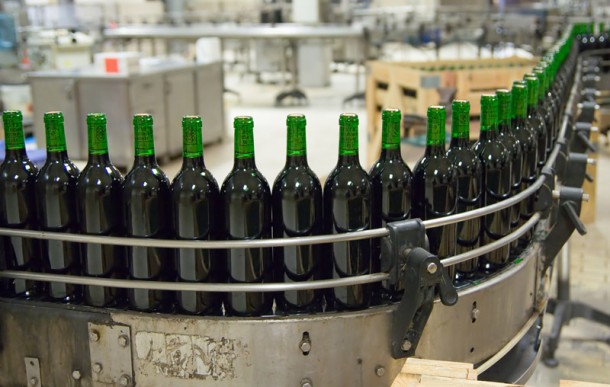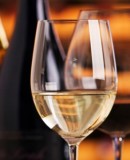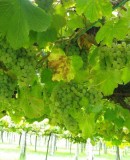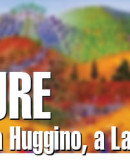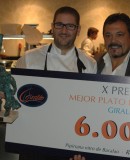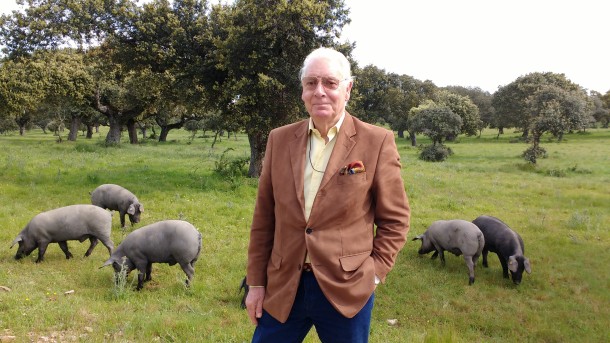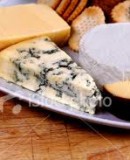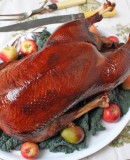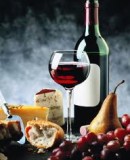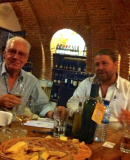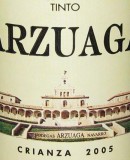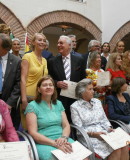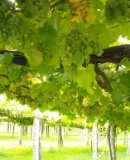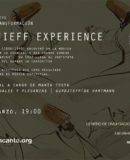Wine and Technology
Wine and Technology
(First published in Spanish in Diario Sur 27 Oct 2012)
AJ Linn
Looking through my emails this morning, I note that the new version of the iPad will be released in March 2013. However, with Apple’s usual love of mystifying the faithful, it is not clear whether the new model will be an updated iPad 3 or the long-awaited iPad4.
New technology is marvellous provided it makes for a better life, or, even more important, a more comfortable one. Seldom does it make it less convoluted. What is apparent is that people of a certain age enter the digital world each time they sit in front of a computer or engage with their mobile phone, while anyone under 30 is living permanently in that world.
Commissioned by an English-language publication to write about how new technologies are affecting the way Spanish wine is made, I came to a surprising conclusion. Most artisan winemakers could not care less, and ignore techniques that they consider unnecessary or ineffectual.
Nevertheless there are only a handful of wineries that still make white wine in wooden barrels; nearly all is made in stainless steel tanks. When a touch of wood has to be added, there is a technique commonly used (not with good wines, I emphasise) that consists of adding wood shavings to the wine in the tanks. Micro-oxygenation, reverse osmosis and cold maceration are all modern developments that unquestionably improve wine quality, something that cannot be said of many ‘new technologies’ that make money for the inventors but not the wine makers.
Although it is not in dispute that where price is the main driving force any technology that can offer cost-cutting is welcome, fortunately the making of wine is still very much a manual process carried out by people whose objectives are not necessarily to move up to a better lifestyle. Tradition still rules supreme. Federico Schatz has expanded his organic doctrine to embrace biodynamic principals, and at his Ronda vineyard he buries cows’ horns filled with manure and plans the work according to the phases of the moon.
Emilio Rojo, famed Galician vintner whose wines are always sought after (even at around €100 the bottle), is still not totally happy with their quality, and is working on ways to reduce even further his 10,000 bottle annual production to a lower figure – but with even greater quality.
Fernando Remírez de Ganuza makes outstanding Rioja. He believes that a bunch of grapes has two parts as far as suitability for making good wine is concerned, the shoulders and the feet. At harvest time each bunch is manually divided in two and goes into different wines, although he has yet to discover a machine that does this, and his lady employees are kept very busy with their scissors.
New technology still has a long way to go in the world of wine.
Disclaimer: The views, opinions and positions expressed within this guest article are those of the author AJ Linn alone and do not represent those of the Marbella Marbella website. The accuracy, completeness and validity of any statements made within this article are not guaranteed. We accept no liability for any errors, omissions or representations. The copyright of this content belongs to AJ Linn and any liability with regards to infringement of intellectual property rights remains with the author.

